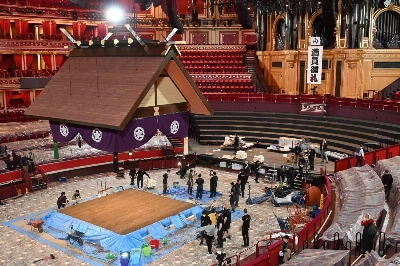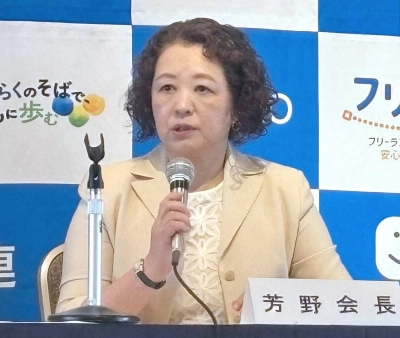
Meta
Rob Gilhooly
Rob Gilhooly is an award-winning British photographer and writer whose work has appeared in publications around the globe, including the Guardian and New Scientist. He was formerly a staff writer at the Japan Times and has contributed as a freelance since 2002. In 2004, he obtained an MA in journalism. His website can be found at www.japanphotojournalist.com
Feb 21, 2000
Jan 31, 2000
Jan 28, 2000
Dec 31, 1999
Dec 30, 1999
Dec 22, 1999
Dec 9, 1999
Dec 3, 1999














